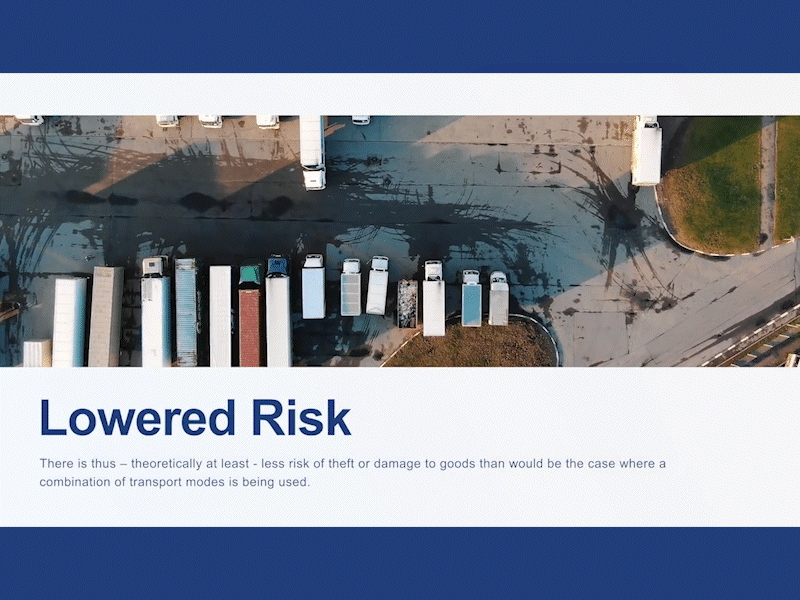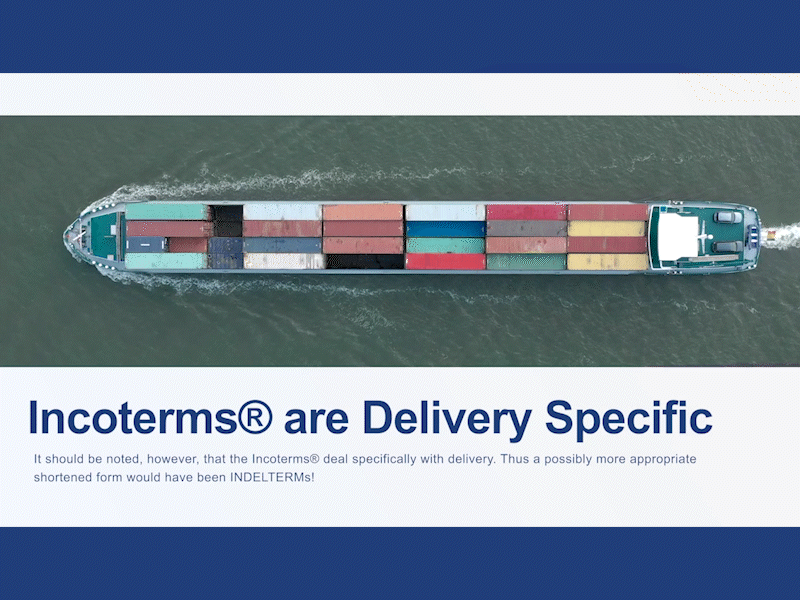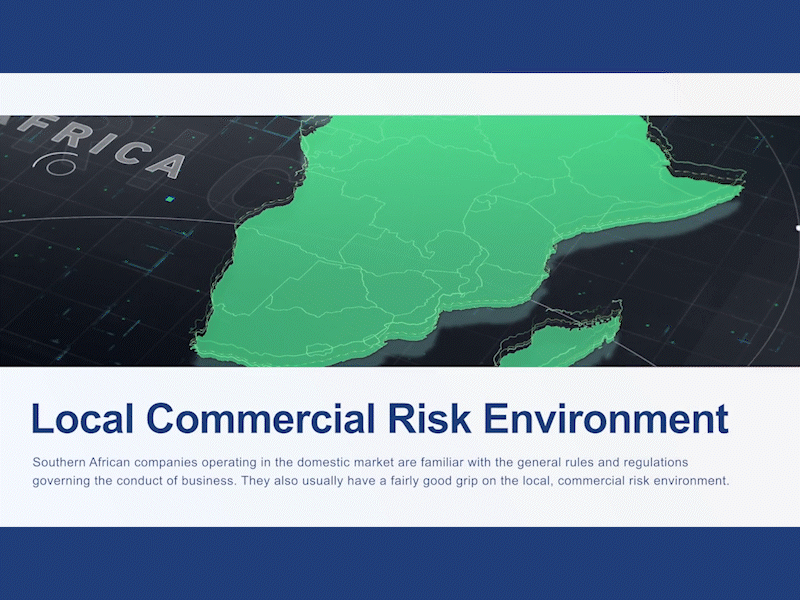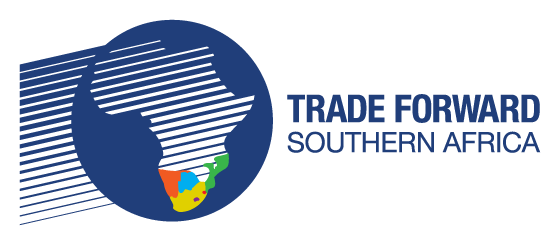As we discussed in our ‘Incoterms® explained‘ article, the ICC (International Chamber of Commerce) currently promotes eleven Incoterms®, and each Incoterm® has a unique allocation of risk, costs, and responsibility for both buyer and seller. Certain Incoterms® can only be used for ocean transport, while others can be used for all modes of transport. The four Incoterms® that apply specifically to ocean transport are FAS, FOB, CFR, and CIF. The remaining seven Incoterms® can be used for any mode or combination of modes of transport, i.e., multimodalism. This article focuses on CIF and its implications for the seller.

How does CIF Work?
Every Incoterm® has a critical point where the seller’s risk ends and the buyer’s risk begins. Similar to FOB, under CIF, the seller’s risk ends once the goods are placed on board the ship. Like FOB, under CIF, the seller is responsible for arranging transportation of the goods to the named port of despatch, loading the goods on board the nominated vessel, customs clearing the goods in the exporting country and paying all the costs associated with completing these tasks. However, under CIF, the seller’s costs and responsibilities extend to the foreign port. CIF, or Cost, Insurance and Freight, stipulates that the seller is responsible for arranging the goods’ transportation and paying the freight costs to the named port of destination.
Furthermore, under CIF, the seller must also make arrangements to insure the goods while in transit and pay the related cost or premium even though the insurance will cover the buyer’s risk. A key consideration under CIF is who is responsible for offloading the goods at the named port of destination. The seller and buyer are usually required to negotiate who will pay the costs of offloading the goods at the named port in the importing country. However, under CIF, offloading takes place at the buyer’s risk. Under CIF, the buyer will be required to customs clear the goods in the importing country and arrange for transportation to their premises.

When is it Used?
As we have explained throughout our’ know your Incoterms® series‘, the Incoterm® agreed upon in an international sales contract results from negotiation with your buyer. Thus, there are several factors an exporter should consider before agreeing to a specific Incoterms® inclusion.
There are numerous nuances and essential factors to consider when working with Incoterms®, too many to summarise in a single article! Trade Forward Southern Africa, in collaboration with the International Trade Institute of Southern Africa, has created a free and comprehensive online training course that provides training on all aspects of Incoterms®, including understanding the critical points of FOB, CIF and CFR. Click the links below to sign up for free and get started.
To sign up to the School of Export CLICK HERE.
If you already have a profile, CLICK HERE to login to begin the module.










This is a topic that is near to my heart… Many thanks! How many i contact you?
Hi Natalie, you can email us here – info@schoolofexport.co.za